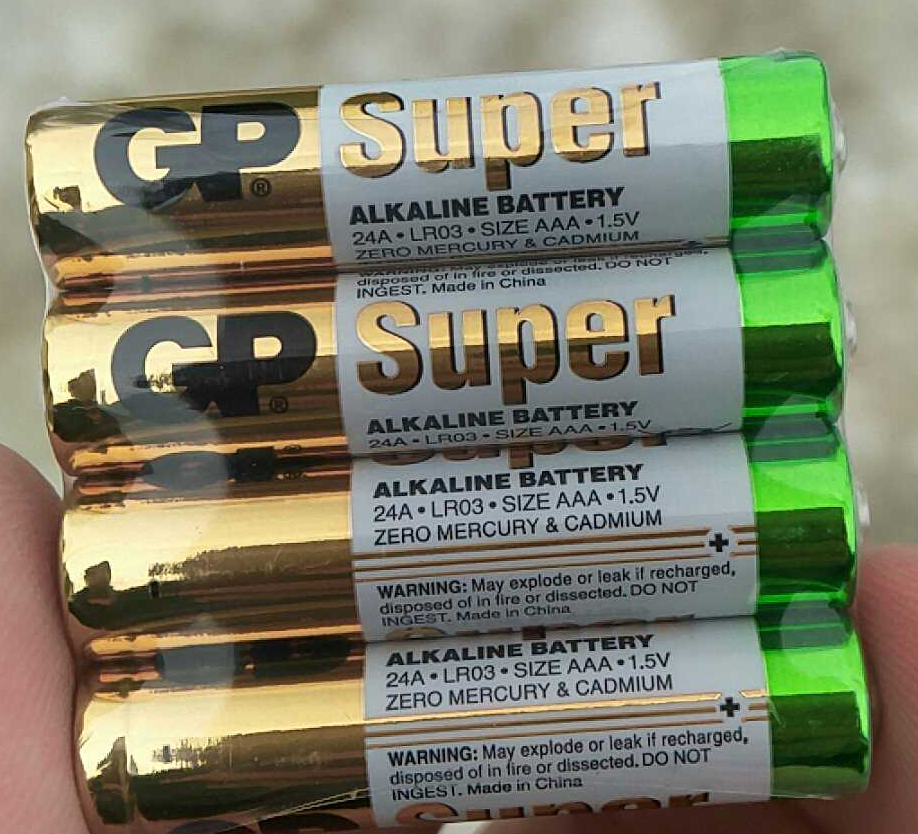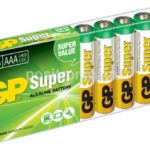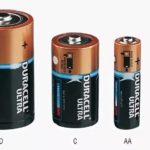Which batteries are better - salt or alkaline?
In everyday life we are surrounded by many household appliances, so it is difficult to imagine it without such a basic thing as a battery. This miniature device, which produces a small amount of electric current, gives “life” to a wide variety of equipment.
There are several types of batteries in stores. But two of them are especially popular: salt and alkaline. What characteristics do they have and which one should you choose?
The content of the article
Characteristics of salt batteries
A salt battery is a miniature source of electrical voltage that occurs due to a chemical reaction. It does not have high energy consumption, so it is the best option for devices with low power consumption. This explains the low cost of such elements.
Reference. If they are installed in household appliances with high electricity consumption, they will not work for long.
The current source has a fairly clear design:
- Cathode. Also serves as the housing of the device. It is made of zinc coated with a special anti-corrosion coating. It is a “negative” contact.
- Anode. Made using the pressing method and additionally impregnated with a special chemical solution. "Positive" contact.
- Electrolyte. It is a chemical composition. This may be zinc or ammonium chloride.
- Gas chamber. Gases formed during a chemical reaction accumulate here.
- Capsule. The battery is enclosed in a special protective capsule, which protects against electrolyte leakage and rust formation.
All salt food sources are divided into several types depending on size and shape. The most common are:
- "Finger" Also designated as “AA” or R. Their capacity is 1100 mAh. Dimensions: 14.5X50.5 mm.
- "Little Finger" or "AAA". They have smaller dimensions: 10.5x44.5 mm. The capacity is 540 mAh.
- R 14. The volume is 3800 mAh, and the dimensions are 26.2x50 mm.
- R 20. According to the current classification, their volume is 8000 mAh. These models are mainly used for lighting fixtures or mobile players.
- R 10. Volume: 1800 mAh, dimensions: 21.5X37 mm. During Soviet times, they were used in toys for children and various measuring equipment.
Being the most popular battery, salt batteries have both positive and negative characteristics. So, the advantages include low cost. In addition, they are easy to manufacture and have acceptable technical characteristics. This allows them to be used in most household appliances.
However, many manufacturers have begun to slow down their production rates. This is explained by an impressive list of shortcomings of salt batteries:
- low capacity, which does not allow their use in powerful devices;
- rapid loss of charge during use;
- in unfavorable weather conditions they become unusable faster;
- short shelf life.
These nuances should be taken into account when choosing suitable current sources.
Alkaline batteries: what are they, their features
Alkaline (alkaline) batteries are more powerful current sources. An active chemical reaction occurs in them, resulting in the production of a large amount of electricity.
Reference. The components included in their composition are poisonous. Therefore, the alkaline battery cannot be disposed of in the usual way, nor should it be subjected to heat.
Structurally, they are not much different from the salt versions. The main difference lies in the chemical elements used. Thus, zinc paste is responsible for the production of a negative charge. And the electrolyte consists of manganese dioxide with the addition of carbon-containing substances, for example, ash. It is also worth adding that in alkaline power sources a smaller amount of gases is produced, so the chamber is small in size.
All alkaline batteries can be divided into several main types:
- Cylindrical. This group includes devices that have the shape of a regular cylinder: “finger” and “little finger”. Their sizes are similar to their salt “brothers”.
- Disk. They have a flattened round shape, which is why they are often called “tablets”. They can be large, with dimensions 61.5X34.2 mm, and small - 50X26.5 mm. Mainly used in wrist and wall-mounted walkers and alarm remotes.
- Crown. It has the appearance of a volumetric rectangle with dimensions 67X26X22 mm.
Main characteristics:
- Voltage. Depending on the version, it can produce power from 1.5 to 9 V.
- Volume. Also depends on the species. Indicators range from 1500 to 3000 mAh.
Like the “closest relative”, it has a number of advantages and disadvantages. The advantages include:
- versatility;
- high capacity;
- safety;
- long-term storage;
- ability to function smoothly even at low temperatures.
The disadvantages are:
- price;
- require special disposal;
- self-discharge

Attention! Since alkaline devices are prone to self-discharge, experts do not recommend purchasing them for future use, but using batteries immediately after purchase.
Which batteries are better?
In practice, alkaline batteries are considered a more profitable option. In addition, the salt current source may refuse to work in devices with high energy consumption. The only option that justifies their purchase is one-time use. For example, they can be installed in a children's toy, which will quickly be broken. They also do well in low-power devices, such as wall clocks. For other cases, it is better to purchase alkaline batteries.
The choice of a suitable battery depends only on the specific purposes and equipment for which it is purchased. But in any case, preference should be given to products from well-known manufacturers. They monitor the quality of manufactured goods. Therefore, such products will last much longer.





